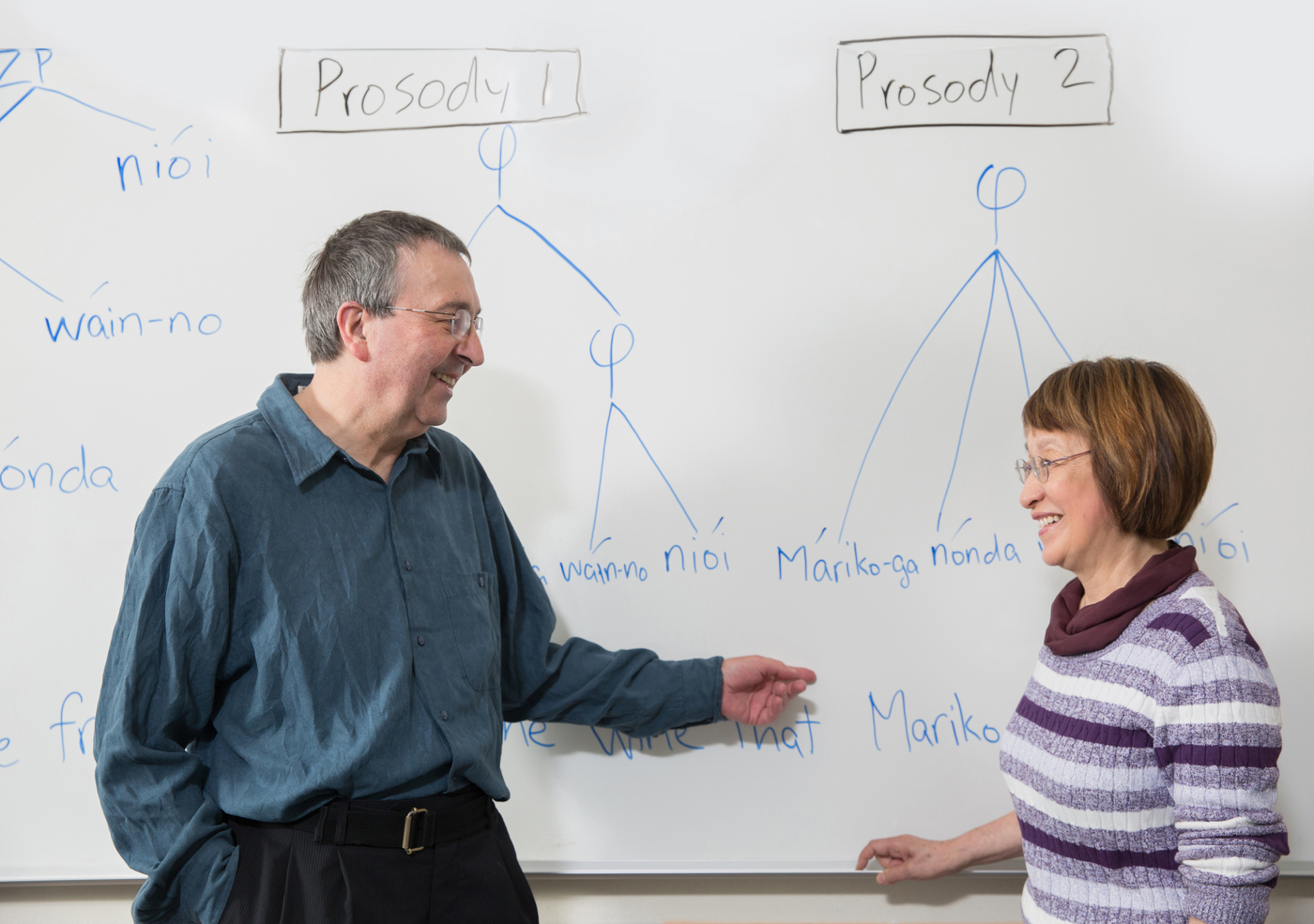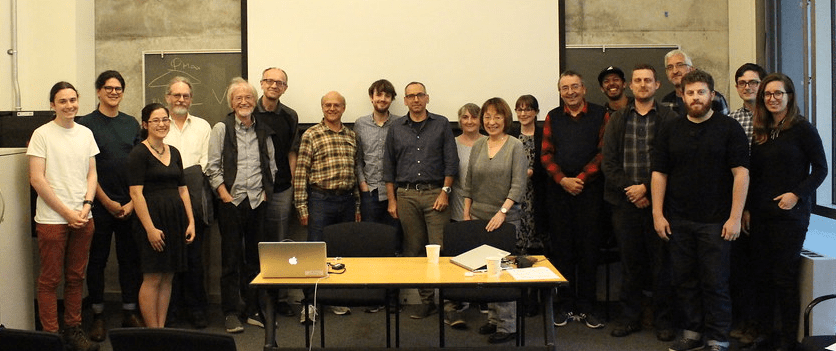Much recent work on the syntax-prosody interface has been based in Optimality Theory. The typical analysis explicitly considers only a small number of candidates that could reasonably be expected to be optimal under some ranking, often without an explicit definition of GEN. Manually generating all the possible candidates, however, is prohibitively time-consuming for most input structures – the Too Many Candidates Problem. Existing software for OT uses regular expressions for automated generation and evaluation of candidates. However, regular expressions are too low in the Chomsky Hierarchy of language types to represent trees of arbitrary size, which are needed for syntax-prosody work. This paper presents a new computational tool for research in this area: Syntax-Prosody in Optimality Theory (SPOT). For a given input, SPOT generates all prosodic parses under certain assumptions about GEN, and evaluates them against all constraints in CON. This allows for in-depth comparison of the typological predictions made by different theories of GEN and CON at the syntax-prosody interface.



